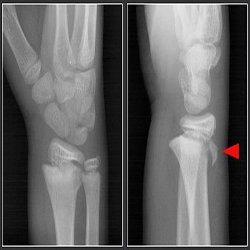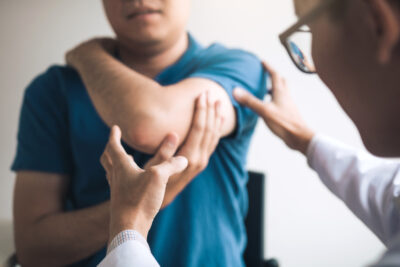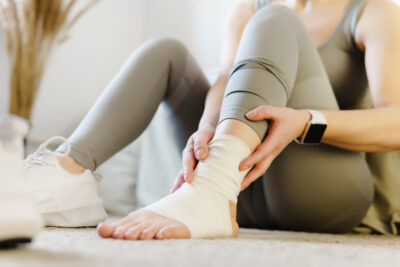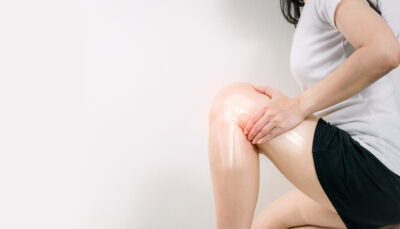DOC Fixes Growth Plate Fractures

A child’s bones are subject to a unique injury, a growth plate fracture. Approximately 15% to 30% of all childhood fractures are growth plate fractures. Most long bones in the body have at least two growth plates, including one at each end of the bone. Long bones include the femur (thighbone), the radius and ulna in the forearm, and the metacarpal bones in the hands. Growth plates are areas of cartilage located near the ends of these bones. Growth plates help to determine the future length and shape of mature bones. When a child is fully grown, the growth plates harden into solid bone. So growth plates are particularly vulnerable to fracture. Growth plate fractures are often caused by a fall or car accident, or overtraining in a sports activity that places repetitive stress on the bone. Symptoms of a growth plate fracture include:
- Persistent or severe pain
- Visible deformity
- Inability to move or put pressure on injured limb
- Swelling, warmth, and tenderness around the end of the bone near the joint
A child’s bones heal quickly. A growth plate injury should be treated as quickly as possible, within 5 to 7 days, before the fracture begins to heal. The DOC orthopedic surgeon or PA will perform a careful physical examination of the injured area, order X-rays to view bone, and an MRI or CT scan diagnostic imaging of soft tissues to determine whether a growth plate fracture has occurred. Treatment for growth plate fractures depends on which bone is injured, type of fracture, bone displacement, age and health of the child, and any additional injuries. Many growth plate fractures heal successfully when treated with immobilization. If the bone fragments are displaced, surgery may be necessary. The most common operation used to treat fractures is called open reduction and internal fixation. The bone fragments are first repositioned into their normal alignment, a reduction, and then fixed into place with special screws, wires, and/or a metal plate. A cast protects and immobilizes the injured area while it heals. Levi, a DOC guest, fell off a fence while climbing over it, resulting in a growth plate fracture of his wrist. Dr. Sean Hassinger reduced the fracture after numbing the area. Now Levi is back playing baseball and riding his mountain bike. With proper treatment, most growth plate fractures heal without complications. Come to DOC for proper treatment. DOC is open 7 days a week to treat fractures and overuse conditions in children and adults.
For more information on the cost of care, click here




